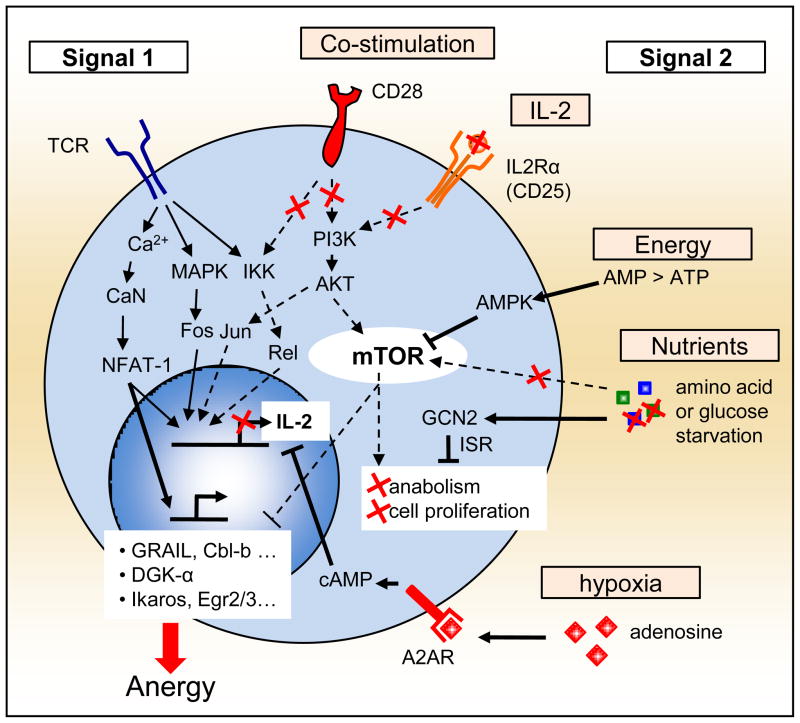Figure 1. Extending the signal 2 paradigm.
induction of anergy in T cells was initially described as the result of TCR (signal 1) without concomitant CD28 and IL-2R signaling (signal 2). Recent studies have further demonstrated that the T cell actively sense its microenvironment, through mTOR dependent and independent mechanisms, for available energy and nutrients, as well as additional negative cues such as adenosine. This regulates the T cell commitment to switch its metabolic machinery and enter the S phase of the cell cycle. Interestingly, failing to positively commit to full T cell activation in such cases induces anergy and long-term tolerance in the T cell. Full lines represent active pathways and dashed lines represent blunted pathways during the induction of T cell anergy in an anergic environment.

